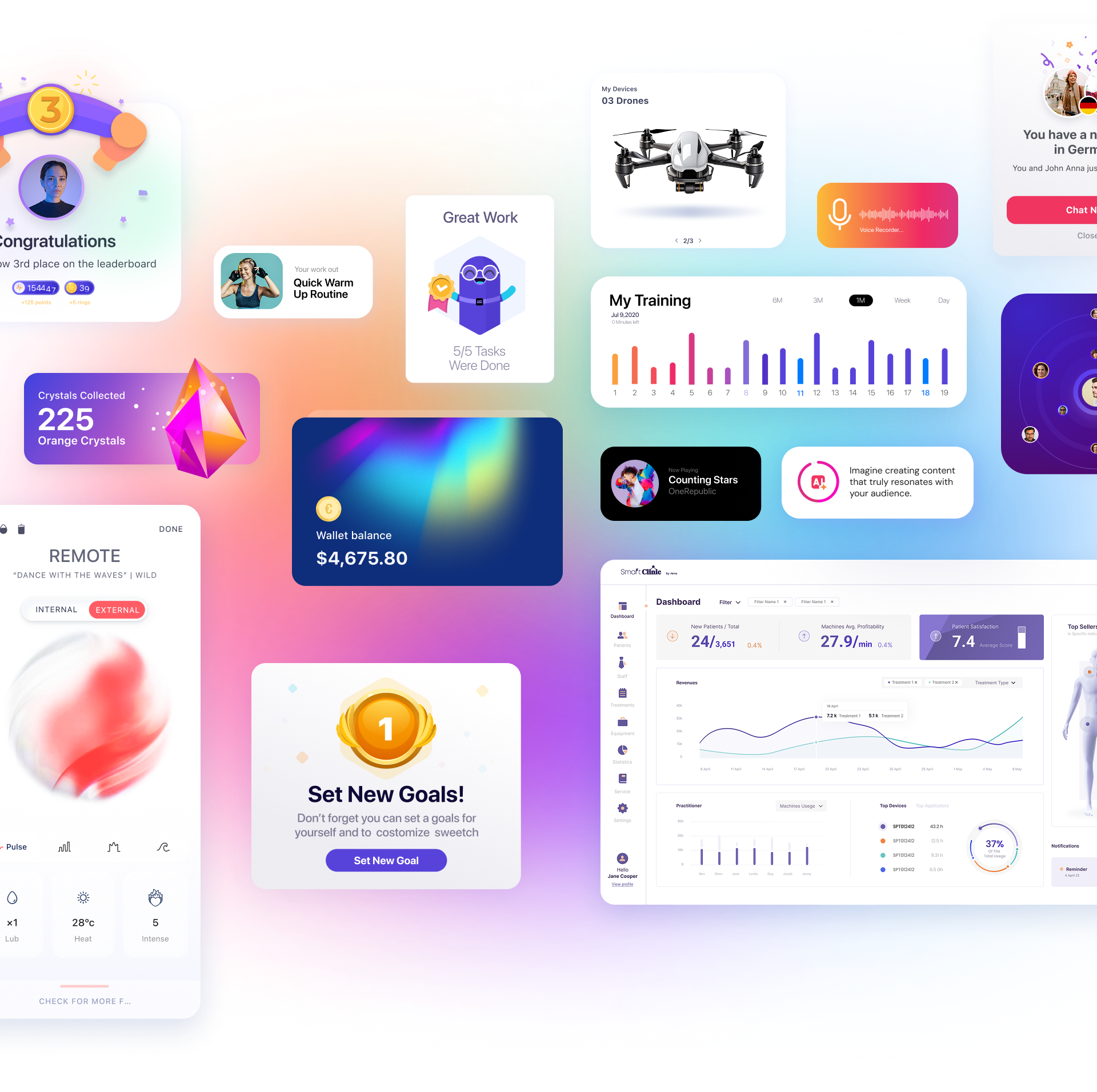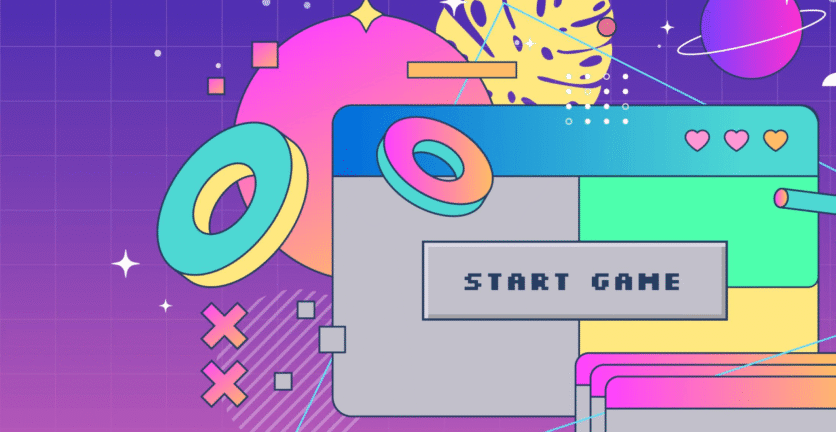Have you worked with a UX company? Are you looking for a recommended UX agency? Sometimes you’ll even come across the competing term, like a UI company. So, what do people really mean when they say “UX company”?
In reality, there is no such thing as a “UX company.” This phrase is a uniquely Israeli invention. What people actually mean is a company specializing in user experience design, which continues into user interface design for apps, systems, and web or mobile platforms.
Usually, since the process of creating a user experience or concept is a creative journey that is enhanced by a team of multidisciplinary professionals, the intention is a company that is not a one-person show. Instead, it is a team with the experience and expertise to lead product managers and entrepreneurs through a process that starts with research and UX definition and continues into UI design.
At Pitango UX, for example, we employ over 15 highly creative professionals who have led complex processes for apps, SaaS platforms, and information systems. We are able to challenge even the most experienced entrepreneurs and product managers, serving as a source of knowledge and expertise.
So, what is UX anyway?
UX stands for User Experience, which is the process of creating a complete and meaningful experience for the user. User experience is not exclusive to the high-tech or startup world. It is about shaping the experience you want to create for buyers, users, or guests of any service or product.
Since its inception, UX has been almost entirely applied to digital domains. One reason the profession exploded in the tech industry is a pivotal event: the launch of the iPhone. For the first time, a company led by Steve Jobs made unique user experience a core business goal. The iPhone’s launch was a huge success, rewarding Apple with extraordinary financial results for defining and delivering a superior user experience. Since then, more and more companies have adopted UX design as a key business objective to attract new users and customers.
UX design covers all interactions between a potential or active customer and a company. As a scientific process, it can be applied to anything, from streetlights and cars to IKEA shelves and beyond.
Here are just some of the responsibilities of a UX designer:
Strategy and Content:
Competitor analysis
Customer analysis
Product structure and strategy
Content development
Wireframing and Prototyping:
Wireframing
Prototyping
Testing and iteration
Development planning
Execution and analysis
Coordination with UI designers
Coordination with developers
Tracking integration goals
Interaction analysis
The UX role is complex, challenging, and multifaceted. Ultimately, the goal is to connect business objectives with user needs through a process of testing and refinement, ensuring both sides of the relationship are satisfied.
So, what is User Interface (UI) Design?
Although it is a more established and sophisticated field, it is not always easy to define “user interface design” due to a wide range of misconceptions. While user experience is a set of tasks focused on optimizing a product for effective and enjoyable use, UI design is its complement. It is about the look and feel, the presentation, and the interactivity of the product. Like UX, UI is often misunderstood, even among companies hiring UI designers. These are two entirely different roles, though they are closely related. Like UX design, UI design is a versatile and challenging discipline.
UI design is responsible for translating development, research, content, and layout into an attractive, intuitive, and responsive experience for users. By definition, it is a fully digital profession.
User Interface (noun): The means by which a user and a computer system interact, particularly in relation to the use of input devices and software.
In summary:
UI design is responsible for translating brand strengths and visual assets into the product’s interface, in order to enhance the user experience.
UI design is a visual process that guides users through the product interface using interactive elements across all sizes and platforms.
UI design is a digital field that requires collaboration and working closely with developers and code.
In analog terms, UI design creates the visual “senses” of the product. It is responsible for responsiveness, interactivity, user input, and gestures, providing visual cues, guides, and instructions that lead users through their experience.
Is UI design more important than UX design?
If you have read the paragraphs above, you already know the answer. But in case you are unsure, here is a quote from designer and expert Helga Moreno, from her article on the gap between UX and UI:
“Something that looks great but is difficult to use is an example of good UI and poor UX. However, something that is very usable but looks terrible is an example of great UX and poor UI.”
The bottom line is that both are critical. While there are countless examples of products where only one discipline truly excels, imagine how successful your product could be if both UX and UI are strong.





 Book a Call
Book a Call





